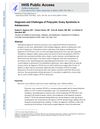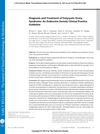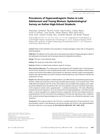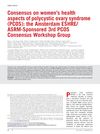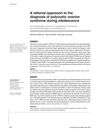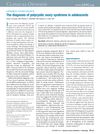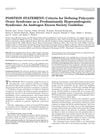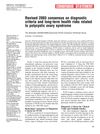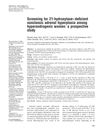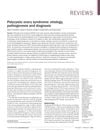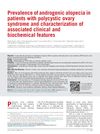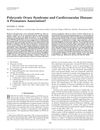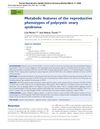Polycystic Ovary Syndrome in Adolescents
April 2016
in “
Endocrinology and Metabolism Clinics of North America
”
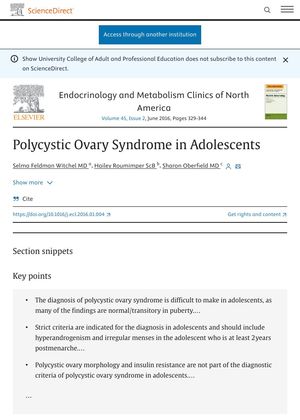
TLDR The document concludes that diagnosing PCOS in teenagers is difficult and should focus on specific hormone levels and menstrual irregularities, while also considering treatment for symptoms and related health issues.
The document from June 1, 2016, addresses the complexity of diagnosing Polycystic Ovary Syndrome (PCOS) in adolescents, emphasizing that many PCOS symptoms can be mistaken for normal puberty changes. It suggests strict diagnostic criteria, focusing on hyperandrogenism and irregular menses postmenarche, while excluding polycystic ovary morphology and insulin resistance as criteria. The document notes the genetic factors identified by GWAS and the importance of specific androgen assays for diagnosing hyperandrogenism. It also discusses the challenges of using PCOM and AMH levels for diagnosis in adolescents, the need to rule out other conditions, and the treatment goals for adolescents with PCOS, including managing symptoms and comorbidities. Hormonal therapy with estrogen-containing compounds and metformin are mentioned as treatment options, with a call for more research on PCOS in multiethnic cohorts.
